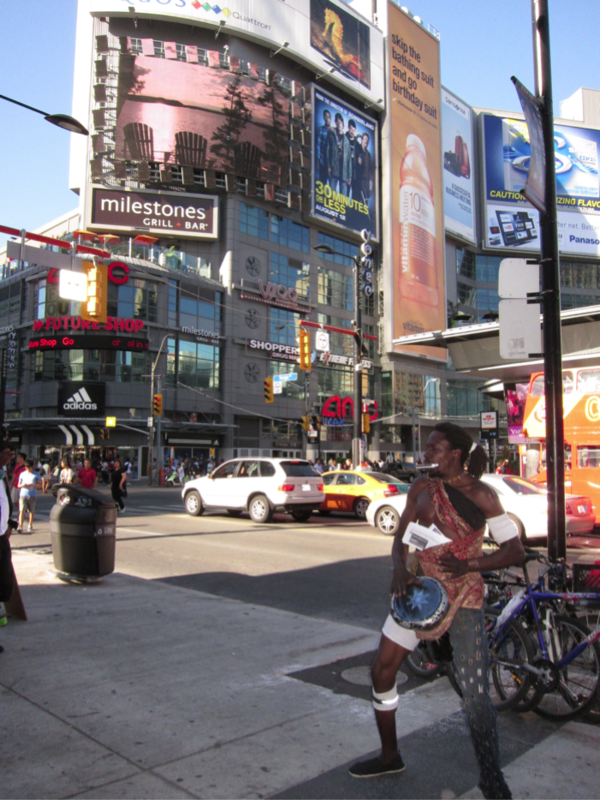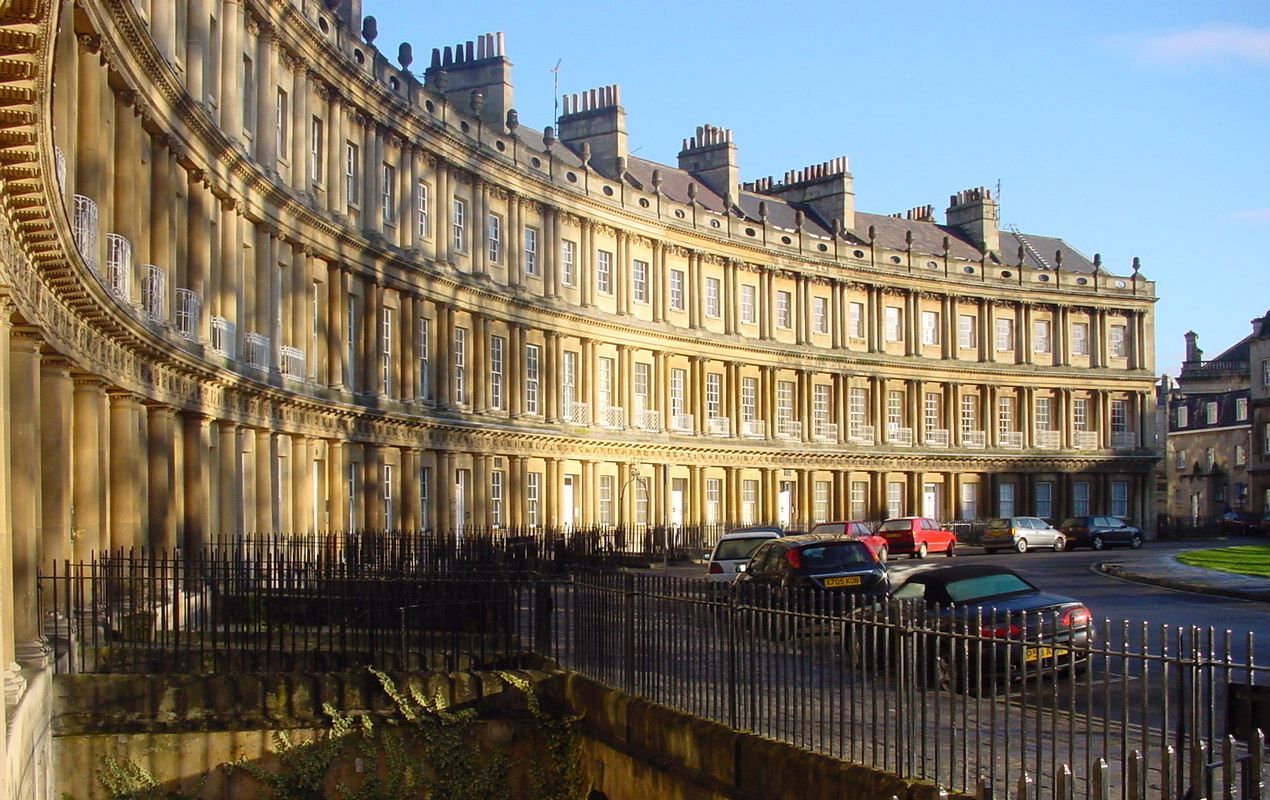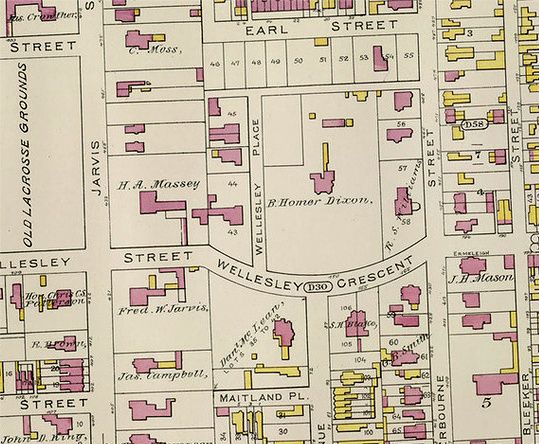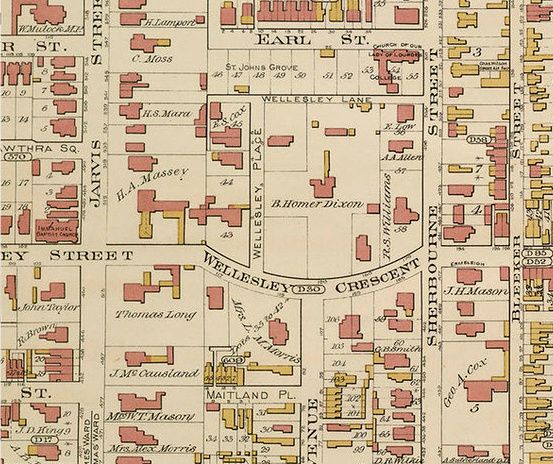Re: Homewood
Booth Tarkington in his 1918 book
The Magnicent Ambersons could have been describing Homewood and Jarvis Street when he describes the decline of the Amberson mansion and its neighbourhood known as the Amberson Addition:
"These were bad times for Amberson Addition. This quarter, already
old, lay within a mile of the centre of the town, but business moved
in other directions; and the Addition's share of Prosperity was only
the smoke and dirt, with the bank credit left out. The owners of the
original big houses sold them, or rented them to boarding-house
keepers, and the tenants of the multitude of small houses moved
"farther out" (where the smoke was thinner) or into apartment houses,
which were built by dozens now. Cheaper tenants took their places,
and the rents were lower and lower, and the houses shabbier and
shabbier--for all these shabby houses, burning soft coal, did their
best to help in the destruction of their own value. They helped to
make the quarter so dingy and the air so foul to breathe that no one
would live there who had money enough to get "farther out" where there
were glimpses of ungrayed sky and breaths of cleaner winds. And with
the coming of the new speed, "farther out" was now as close to
business as the Addition had been in the days of its prosperity.
Distances had ceased to matter.
The five new houses, built so closely where had been the fine lawn of
the Amberson Mansion, did not look new. When they were a year old
they looked as old as they would ever look; and two of them were
vacant, having never been rented........"
(from Chapter XXVIII)
"Other houses had become boarding-houses too genteel for signs, but
many were franker, some offering "board by the day, week or meal," and
some, more laconic, contenting themselves with the label: "Rooms."
One, having torn out part of an old stone-trimmed bay window for
purposes of commercial display, showed forth two suspended petticoats
and a pair of oyster-coloured flannel trousers to prove the claims of
its black-and-gilt sign: "French Cleaning and Dye House." Its next
neighbour also sported a remodelled front and permitted no doubt that
its mission in life was to attend cosily upon death: "J. M. Rolsener.
Caskets. The Funeral Home." And beyond that, a plain old honest
four-square gray-painted brick house was flamboyantly decorated with a
great gilt scroll on the railing of the old-fashioned veranda:
"Mutual Benev't Order Cavaliers and Dames of Purity."
(from Chapter XXXI)
from
http://www.fullbooks.com/The-Magnificent-Ambersons5.html












